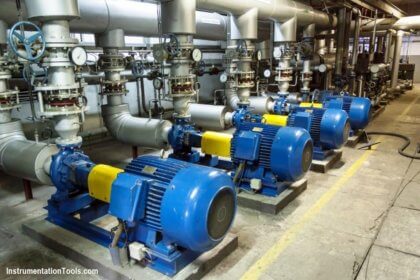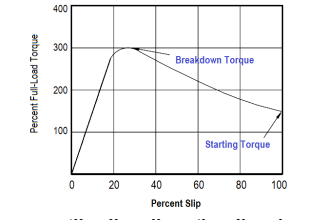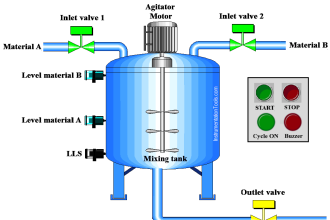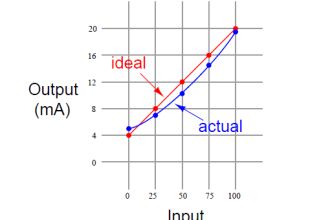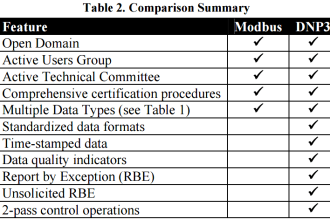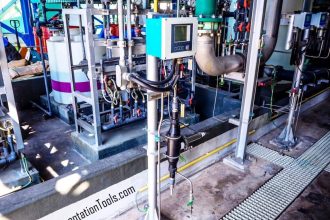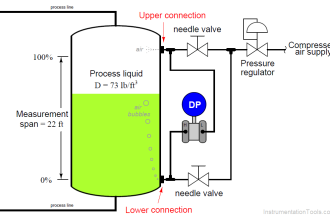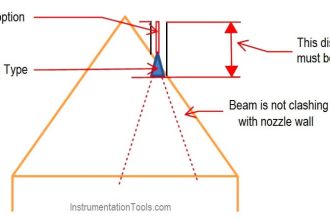Squirrel Cage Induction Motor:
Squireel cage induction motors are widely used in industries. Almost 70% of the industrial motors and drives comes under these category. In Squirrel cage induction motors, rotor windings wound in squirrel cage. These motors are very robust in construction and very cheap. These motors can operate at any working conditions. Some of the advantages, disadvantages and applications of squirrel cage induction motor compared with slip-ring induction motor are discussed below:
Advantages of Squirrel Cage Induction Motor:
- Squirrel Cage Induction motors are cheaper in cost compared to Slip Ring Induction motors.
- Requires less maintenance and rugged construction. Because of the absence of slip rings, brushes maintenance duration and cost associated with the wear and tear of brushes are minimized
- Squirrel Cage Induction Motors requires less conductor material than slip ring motor, hence copper losses in squirrel cage motors are less results in higher efficiency compared to slip ring induction motor
- Squirrel cage motors are explosion proof due to the absence of brushes slip rings and brushes which eliminates the risks of sparking.
- Squirrel Cage motors are better cooled compared to slip ring induction motors
- Squirrel cage motors operate at nearly constant speed, high over load capacity, and operates at better power factor.
Squirrel Cage Induction Motor Disadvantages:
Some of disadvantages or demerits of squirrel cage induction motors are listed below:
- Main disadvantage of squirrel cage induction motor is that they have poor starting torque and high starting currents. Starting torque will be in the order of 1.5 to 2 times the full load torque and starting current is as high as 5 to 9 times the full load current. In slip ring induction motors, higher starting torque can be attained by providing an external resistance in the rotor circuits during starting of the slip-ring induction motor. This arrangement in slip-ring induction motors also reduces the high inrush currents during starting of induction motor.
- Squirrel cage induction motors are more sensitive to the supply voltage fluctuations. When the supply voltage is reduced, induction motor draws more current. During voltage surges, increase in voltage saturates the magnetic components of the squirrel cage induction motor.
- Speed control is not possible in squirrel cage induction motor. This is one of the major diadvantages of squirrel cage induction motors.
- The total energy loss during starting of squirrel cage motor is more compared to slip ring motors. This point is significant if the application involves frequent starting.
Application of squirrel cage Induction Motor:
Squirrel Cage Induction Motors are widely used in Industrial applications than slip ring induction motors due to cheaper in cost, rugged in construction, low maintenance. Squirrel Cage Induction Motors are suitable for applications where the drive requires constant speed, low starting torque and no speed control drives.
